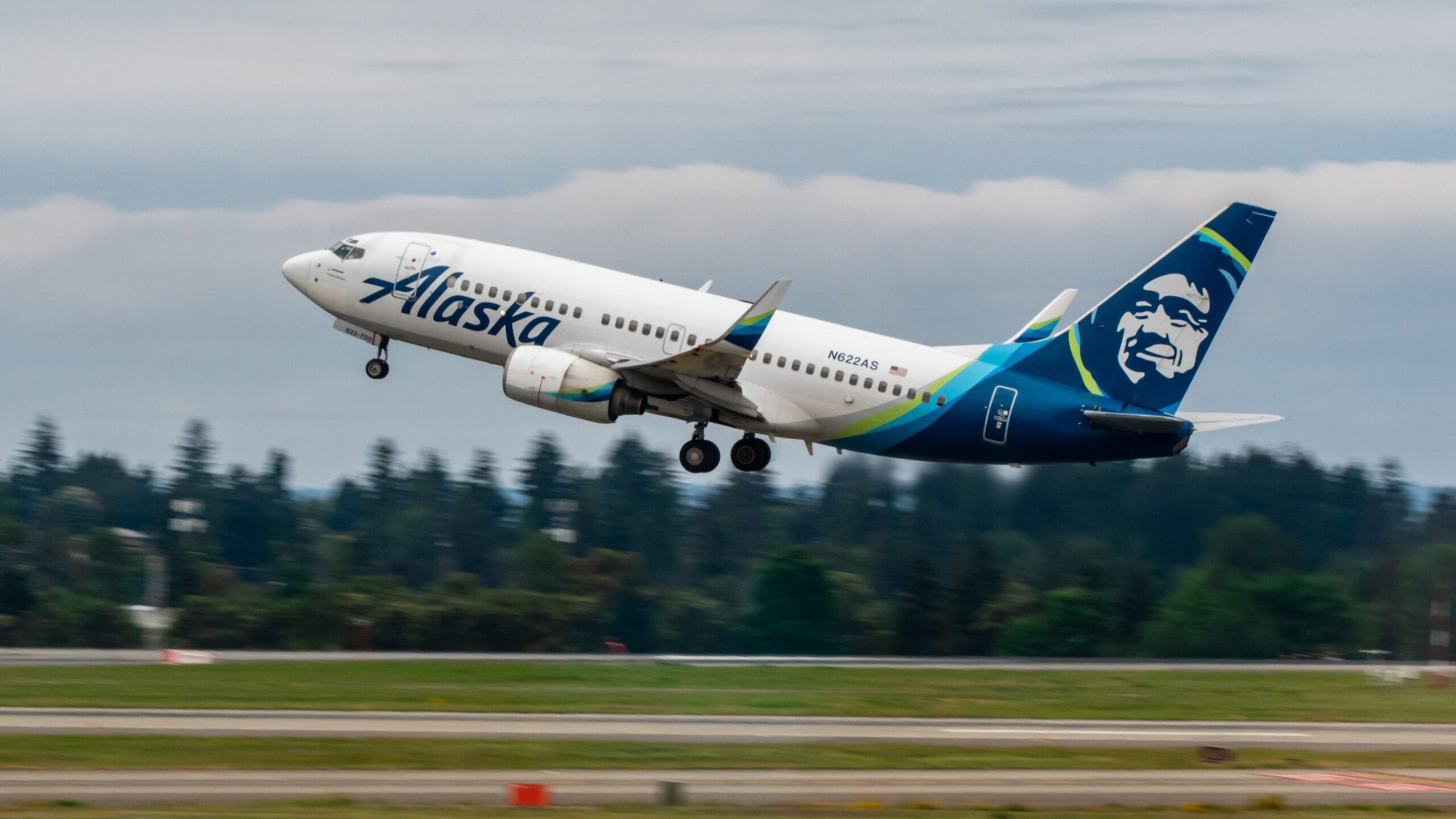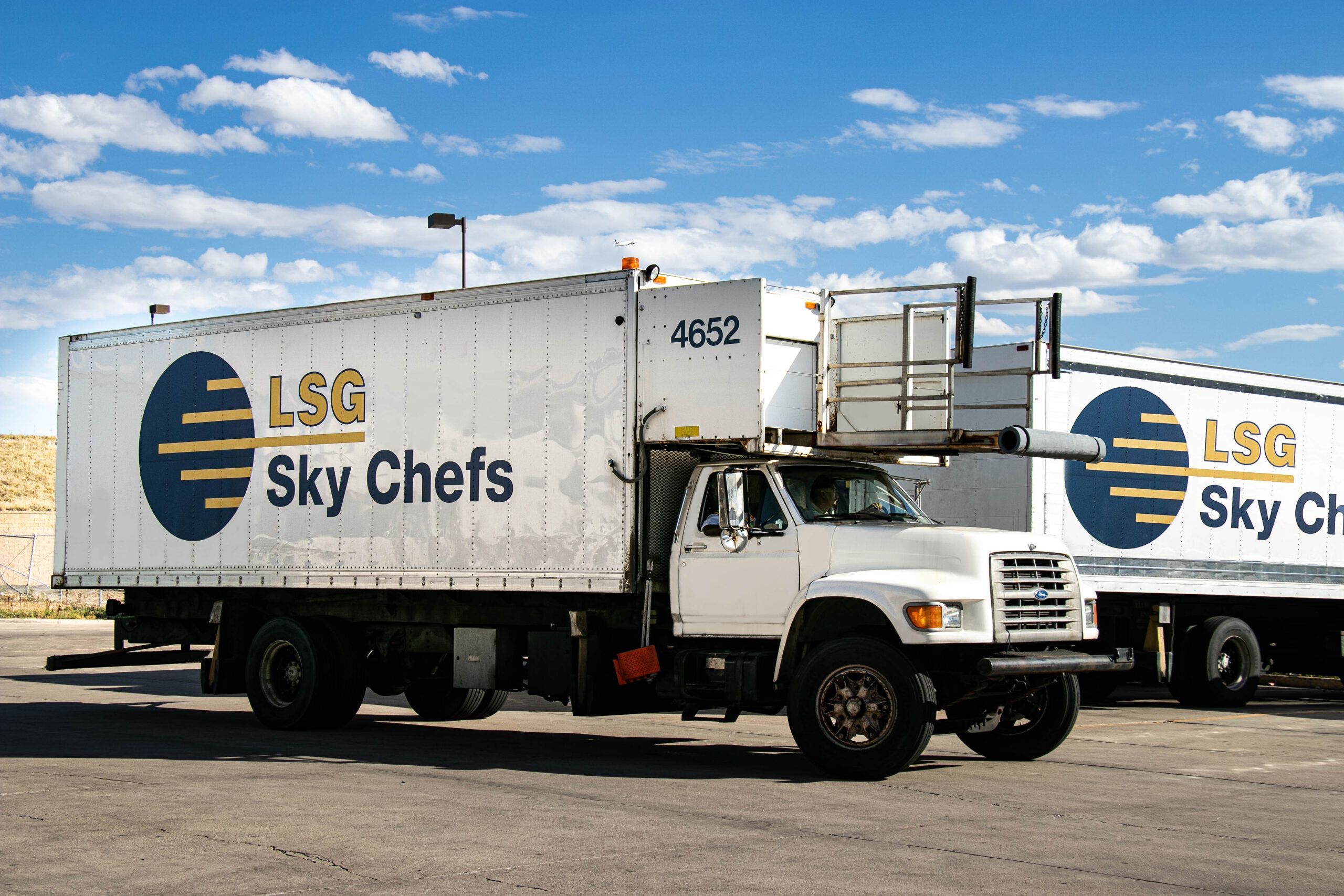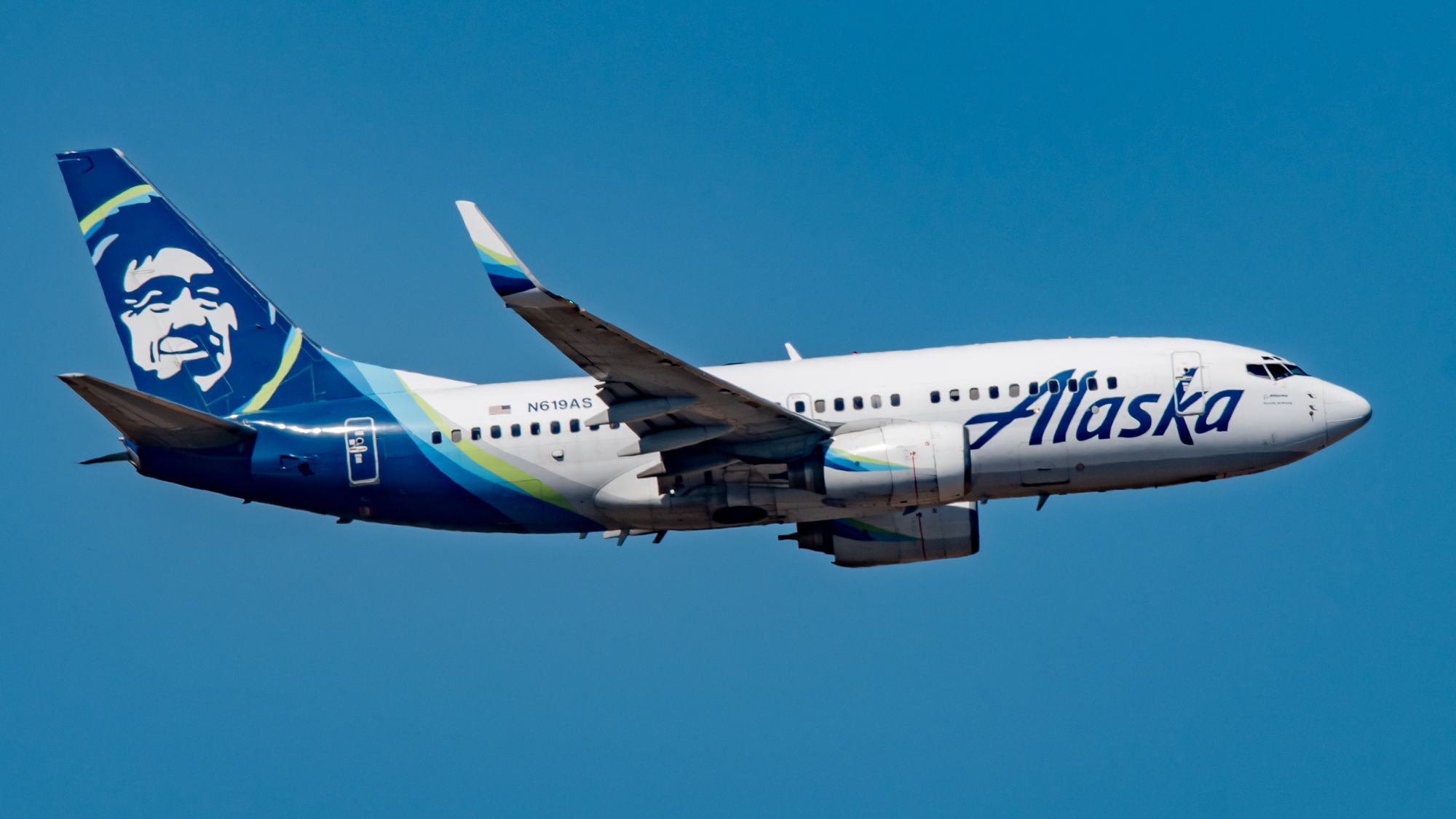An ![]() Alaska Airlines
Alaska Airlines
plane, believed to be a Boeing 737-700
, was recently damaged after an airline catering truck struck the jet below its tail in Seattle. The truck did not appear to slow its speed before making contact, prompting many to believe the driver was distracted.
The mishap is the latest in a slew of ground incidents that have occurred at airports around the country this year. Aircraft damage from collisions with ground support equipment (GSE) can undoubtedly be a costly mistake for the parties involved.
Driving straight into the plane
Video of the incident was shared on Instagram by airport_ramplife and _aviation_things_. From two different vantage points, the footage depicts an LSG Sky Chefs
catering truck driving at a considerable speed behind the aircraft at Seattle-Tacoma International Airport (SEA)
. As it gets closer to the aft of the plane, the truck appears to maintain its speed, colliding with the jet just below its tail and horizontal stabilizer.
It is unclear whether the aircraft was actively being pushed back from the gate or being pulled in. Notably, the plane’s beacon light was not illuminated at the time of the crash, but the tug’s lights were on, and wing walkers were positioned on both sides of the aircraft.
Driver fired on the spot?
The video has garnered over 140 comments and has viewers divided over who might be at fault. Some blame the driver, while others claim the wing walker on the Captain’s side of the aircraft should have been in the right spot.
“The wing walker not at the end where he supposed to be and I’m 100% positive that the driver was on his phone I seen it live many times working on the ramp…,” one person commented.
Photo: LSG Group
Another commenter who claims to work at the catering company suggested that the driver was “fired as soon as it [the truck] made contact with the aircraft,” and that they “might as well just walk away.”
Simple Flying reached out to Alaska and LSG Sky Chefs late Sunday to confirm more details, such as exactly when the event occurred and the aircraft’s tail number. However, representatives from each party could not be immediately reached.
Given the length of the fuselage and the plane’s eyebrows, the aircraft appears to be a 737-700. It is the only variant in Alaska’s fleet that still features the upper cockpit windows. They used to assist pilots with more visibility, but modern avionics have prompted airlines to cover up the windows and Boeing to deliver new aircraft models without them.
Photo: Joe Kunzler | Simple Flying
Flight data suggests the aircraft could be N614AS, and the incident may have happened last week on Sunday or Monday. According to FlightAware, the aircraft is Alaska’s only 737-700 that has not flown in the past five days. It last flew on September 22nd from Portland International Airport (PDX) as AS9810.
Although the flight number suggests the aircraft was ferried and had no passengers onboard, it could have been scheduled to operate later that evening or the following day. Planespotters.net lists the 24.9 year-old aircraft as parked and undergoing maintenance.
Costly mistakes
Ground incidents are often avoidable and lead to expensive consequences.
More than 26% of aircraft damage from 2016-2022 resulted from contact with GSE – most of which were collisions from towing or pushing back, according to Aviation Pros. Aircraft repairs can range from as little as $50,000 to as much as $100,000.



